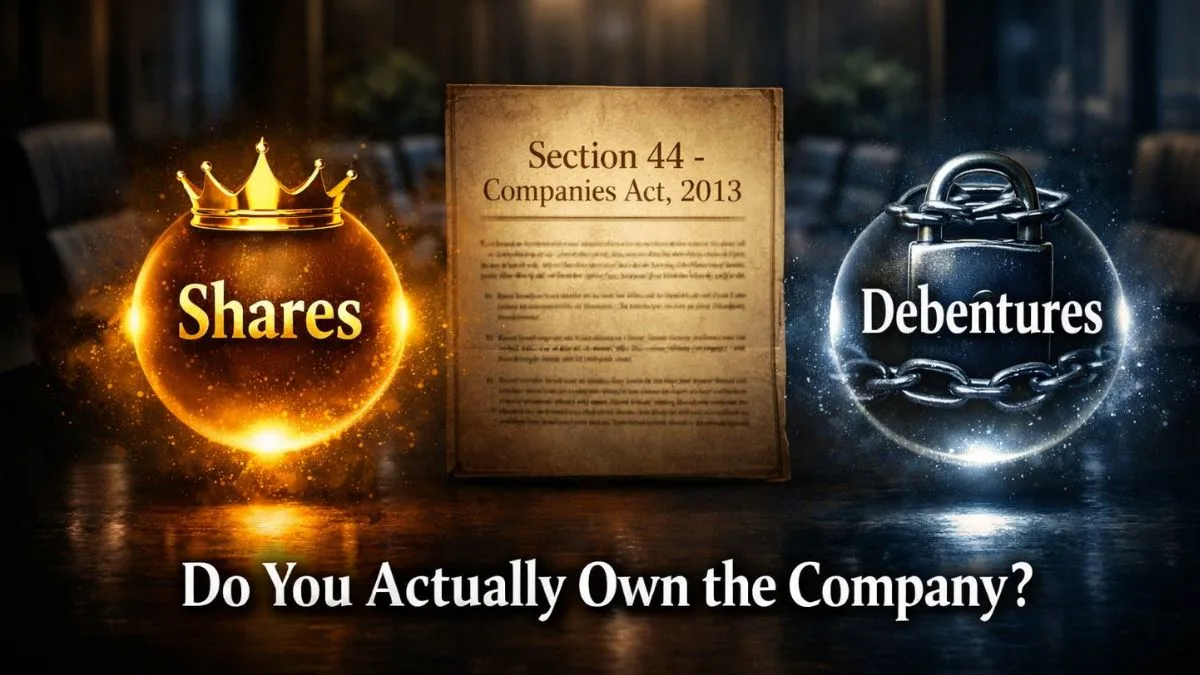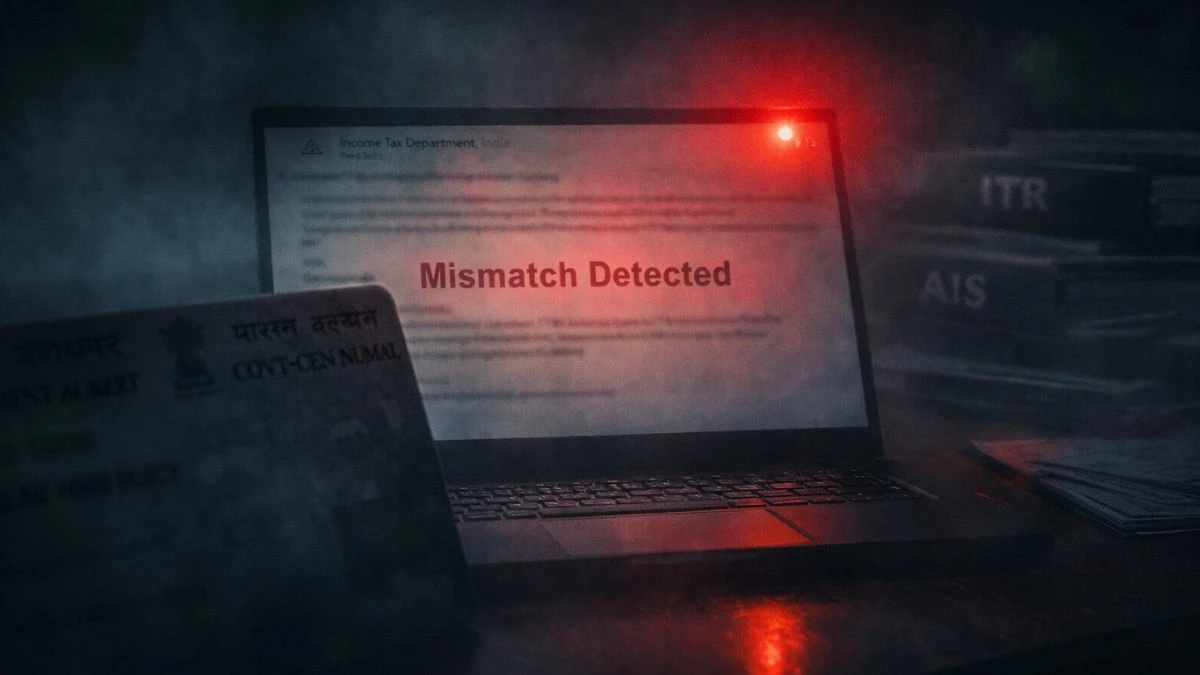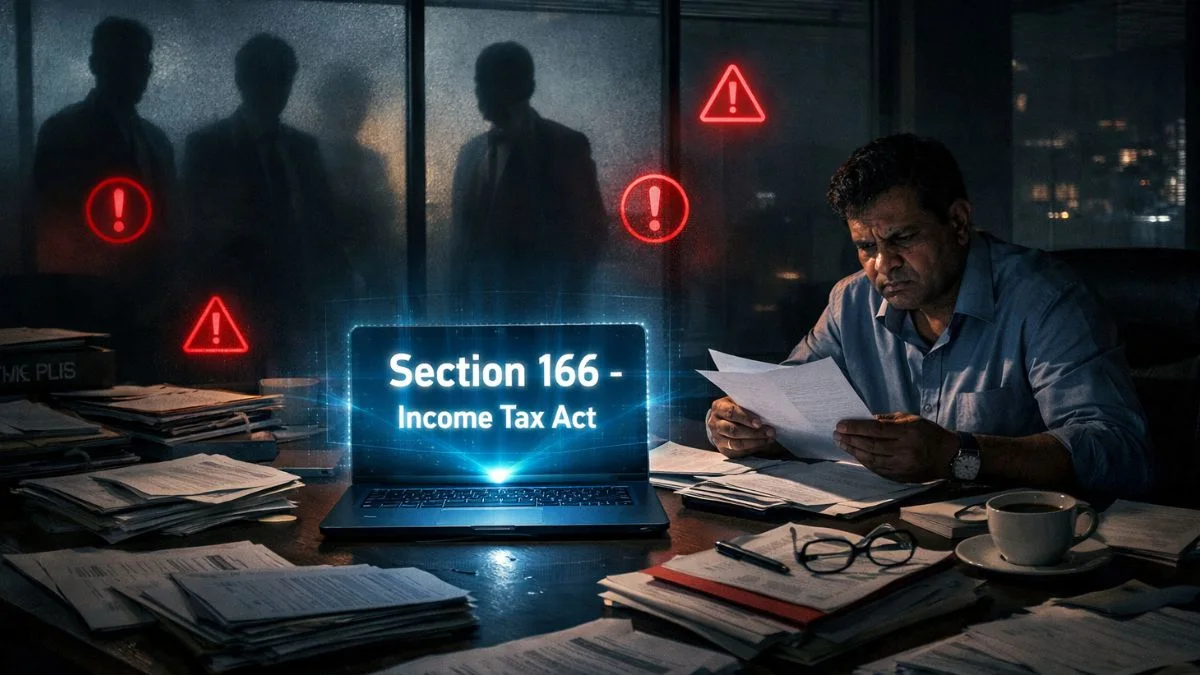
What is Section 2(15) of the Income Tax Act?
Section 2(15) of the Income Tax Act, 1961 is a cornerstone provision that defines the term "charitable purpose". This definition is crucial because many tax exemptions & benefits under the Act hinge on whether an institution or trust qualifies as a charitable entity.
As per this section, charitable purposes include:
- Relief of the poor
- Education
- Yoga
- Medical relief
- Preservation of the environment
- Preservation of monuments or places of artistic or historic interest
- Advancement of any other object of general public utility
This broad definition ensures that a wide range of philanthropic & public-benefit activities are covered under charitable purposes, allowing entities involved in such work to seek income tax exemptions."
Understanding the First Proviso to Section 2(15)
The first proviso to Section 2(15) was introduced to curb the misuse of the “general public utility” clause. While the advancement of general public utility is included in the definition of charitable purpose, the proviso restricts institutions if they are involved in commercial activities.
If a trust or institution carrying out such public utility activities earns revenue through business, trade, or commerce, & its aggregate receipts exceed the prescribed limit (currently ₹20 lakhs), it may lose its charitable status under this clause.
This change ensures that only genuine charitable entities benefit from income tax exemptions & not those merely posing as such for financial gain."
Undertaking Under Section 2(15): Who Does It Apply To?
Section 2(15) applies to:
- Non-governmental organisations (NGOs)
- Charitable trusts
- Educational institutions
- Religious institutions
- Societies registered under the Societies Registration Act
- Section 8 companies under the Companies Act
These entities must undertake activities that fall within the defined charitable purposes & must not have profit as the primary motive.
Implications for Tax Exemption
To claim exemptions under sections like 11 & 12, a trust or institution must first satisfy the conditions laid out in Section 2(15). If the organisation’s activities do not align with the definition of charitable purpose, or if it earns income through business-like activities beyond the permitted limits, tax benefits may be denied.
Real-World Example
Let’s say a registered trust promotes environmental preservation & conducts workshops funded by donations and minimal entry charges. If the receipts from such activities do not exceed the regulatory cap, the entity qualifies as a charitable organisation. However, if it starts earning revenue through large-scale corporate sponsorships & ticketed conferences, it might lose the exemption under the proviso to Section 2(15).
Why It Matters
With rising scrutiny from tax authorities, NGOs & institutions must carefully structure their revenue and operations to avoid violating the spirit of Section 2(15). Complying with the guidelines not only helps secure tax exemptions but also strengthens credibility in the eyes of donors & government bodies.
Conclusion
Section 2(15) of the Income Tax Act doesn’t just define “charitable purpose”; it draws the line between true charity & masked commercialism. From NGOs to educational institutions, understanding this section is essential for maintaining compliance & securing income tax exemptions.
🔗 Want to ensure your trust or institution qualifies for charitable tax exemption? Get expert help with registration, compliance, & filings at Callmyca.com — your trusted CA partner for everything income tax.











